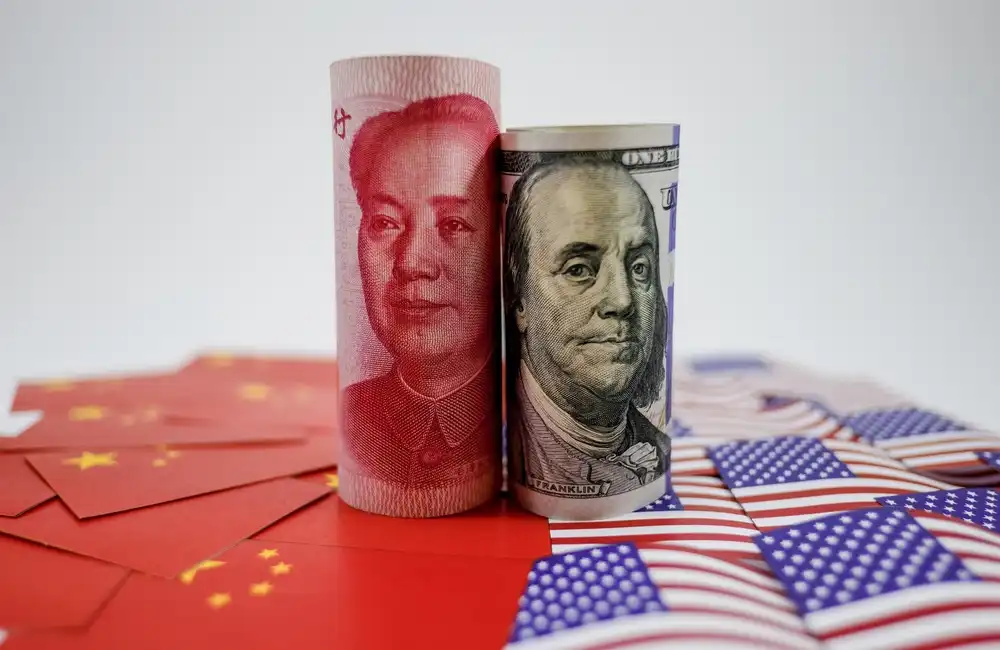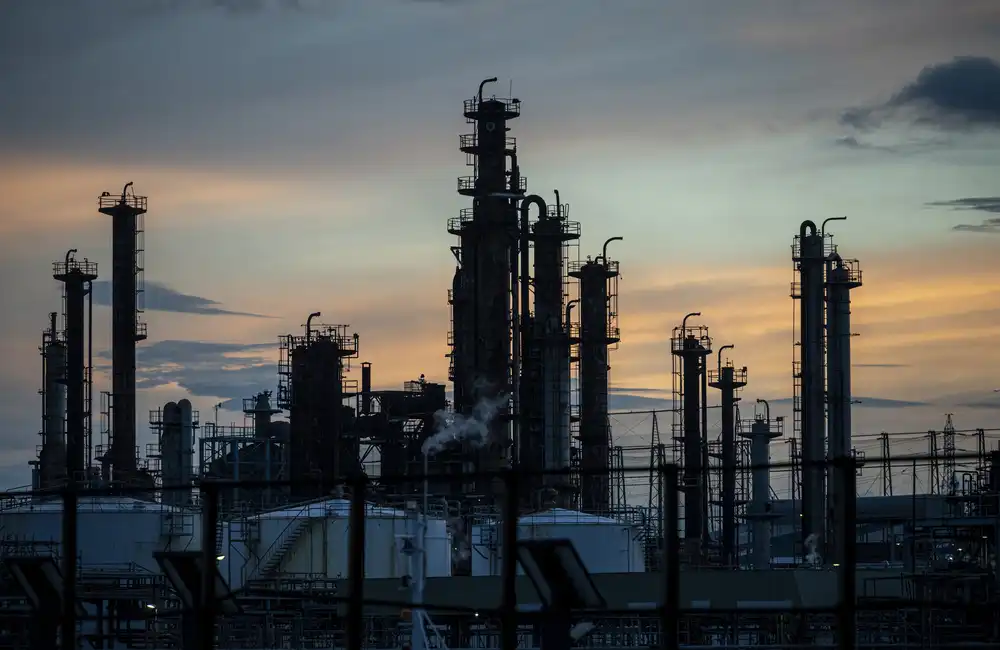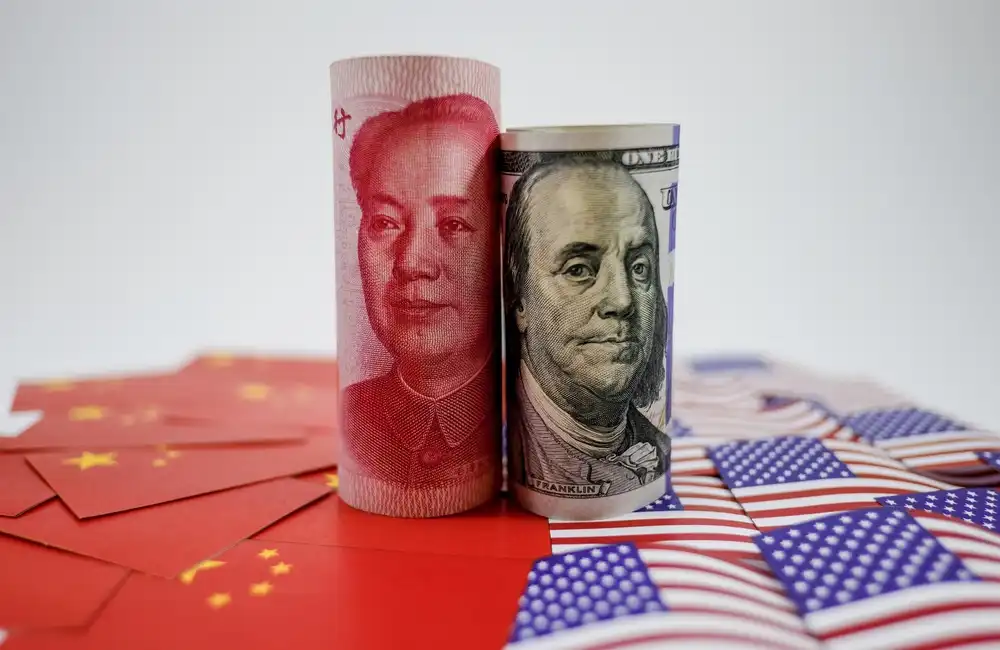Renewable energy has moved beyond environmental necessity to become a transformative force in global markets and industrial sectors while presenting lucrative investment prospects.
The transformation towards clean energy is most visibly reflected in commodity investments through the reassessment of traditional resources and identification of essential materials for sustainable development. This section explains how renewable energy is transforming commodity markets and reveals why it stands out as an intriguing option for progressive investors.
Renewable energy needs are reshaping the market for conventional commodities.
Renewable energy adoption continuously changes traditional fossil fuel demand patterns. Oil, coal, and natural gas investments consistently formed major components of worldwide energy portfolios for many years. The push to meet net-zero emissions targets combined with increased investments in wind and solar technologies creates escalating pressure on these resources.
Although gradual, oil demand is experiencing a significant shift. Despite its ongoing importance to the petrochemical industry and heavy transportation sectors its leading role in power generation and light vehicle fuel markets is diminishing. Coal consumption which fueled industrial revolutions globally faces a decrease because of higher carbon taxes and cleaner energy solutions along with stricter regulations.
As a transitional energy source, natural gas shows limited resilience while still facing challenges from the growing influence of renewable energy sources. Growing battery storage systems along with green hydrogen technology pose a threat to its long-term prospects as multiple sectors decrease fossil fuel dependence.
Investors familiar with traditional energy commodities face complex challenges with these market shifts but can find new prospects by moving toward sectors that support clean energy development.
Critical Minerals Driving the Renewable Revolution
Renewable energy expansion depends on essential minerals that fuel solar panels, wind turbines and electric vehicle batteries. These critical resources now represent the "new oil" in commodity markets because they are vital to advancing the green revolution.
Lithium serves as the foundation for the creation of lithium-ion batteries which power electric vehicles and energy storage systems. The global surge in electric vehicle adoption along with renewable energy project development is causing unprecedented interest in lithium.
The performance of batteries relies significantly on cobalt which helps increase both energy density and lifespan. Efforts to reduce reliance on cobalt continue because of its ethical sourcing issues but its importance persists through the short-to-medium term.
Nickel plays an essential role in high-performance battery technology which is particularly important for electric vehicle applications. In addition to battery applications nickel proves indispensable for manufacturing wind turbines where its properties enable both durability and efficiency.
Neodymium and dysprosium rare earth elements play a critical role in manufacturing wind turbine magnets and electric motors used in clean energy systems. The supply chain limitations affecting these materials make them highly significant for investors to monitor.
Investors who participate in the renewable revolution will acquire stakes in essential resources. The production and trading activities of these essential minerals create profitable opportunities because demand will surpass supply in the next few decades.
Supply chain limitations and governmental regulations play a key role in determining commodity prices.
The prices of commodities connected to fossil fuels and green resources react strongly to external factors such as supply chain disruptions and government regulations.
Supply Chain Bottlenecks
Critical minerals such as lithium and rare earth elements face growing supply chain pressures. A small number of key regions such as Australia, Africa, China, and South America hold the majority of mining and processing capabilities. The intersection of geopolitical tensions and environmental restrictions together with logistical difficulties strengthens the possibility of shortages which in turn drives volatility in commodity prices.
The conflict in Ukraine significantly disrupted global energy markets. Europe’s transition from Russian natural gas has increased its pursuit of alternative liquefied natural gas (LNG) options and strengthened its commitment to energy independence through renewable energy investments.
The Role of Government Policies
World governments use subsidies and tax breaks along with regulatory measures to speed up renewable energy adoption while creating a reliable supply chain for essential materials. The US Inflation Reduction Act alongside the European Union’s Green Deal stands as key illustrations of government initiatives that support the clean energy transition.
Resource-rich countries including lithium leader Chile are shifting their policy direction by implementing higher taxes and gaining more control over their national assets which alters extraction industry economics.
Investors need to keep up with governmental changes because it helps them to reduce risk and increase rewards in green commodity markets.
Investment Opportunities in the Renewable Energy Sector
The growth of renewable energy markets has generated abundant investment possibilities across new technologies as well as essential materials and final product sectors. Our team at Advisor’s Gateway has pinpointed multiple promising trends that investors should evaluate.
- Green Metal ETFs: Place your investments into funds that target critical mineral resources like lithium-focused funds alongside nickel and rare earth elements. These investment opportunities provide both portfolio diversification and access to clean technology industry growth.
- Battery Storage Companies: To accelerate renewable energy adoption through grid storage solutions companies leading in battery innovation should receive your support.
- Renewable Infrastructure Projects: By investing in wind farms solar fields and hydroelectric projects you can participate in the sustainable energy transition and achieve long-term financial returns.
- Emerging Markets: Developing economies that hold valuable resources such as Chile's lithium and the Democratic Republic of Congo's cobalt create investment opportunities through partnership development and indirect investment options.
Advisor’s Gateway provides readers with expert analysis and timely insights to help them discover game-changing opportunities throughout the changing renewable energy landscape.
Final Thoughts
Renewable energy has moved beyond its previous status as a niche and speculative investment area. Renewable energy serves as the principal force that shapes commodity markets while transforming industries on a global scale. The transition from conventional fossil fuels towards essential minerals such as lithium and cobalt presents a significant obstacle while simultaneously offering exciting prospects.
Advisor’s Gateway provides guidance through this evolution while keeping you updated on key developments and methods to use them for success. Subscribe to our biweekly newsletter to remain informed about commodity trends and understand how renewable energy is transforming the future.
Looking for more expert advice?



















